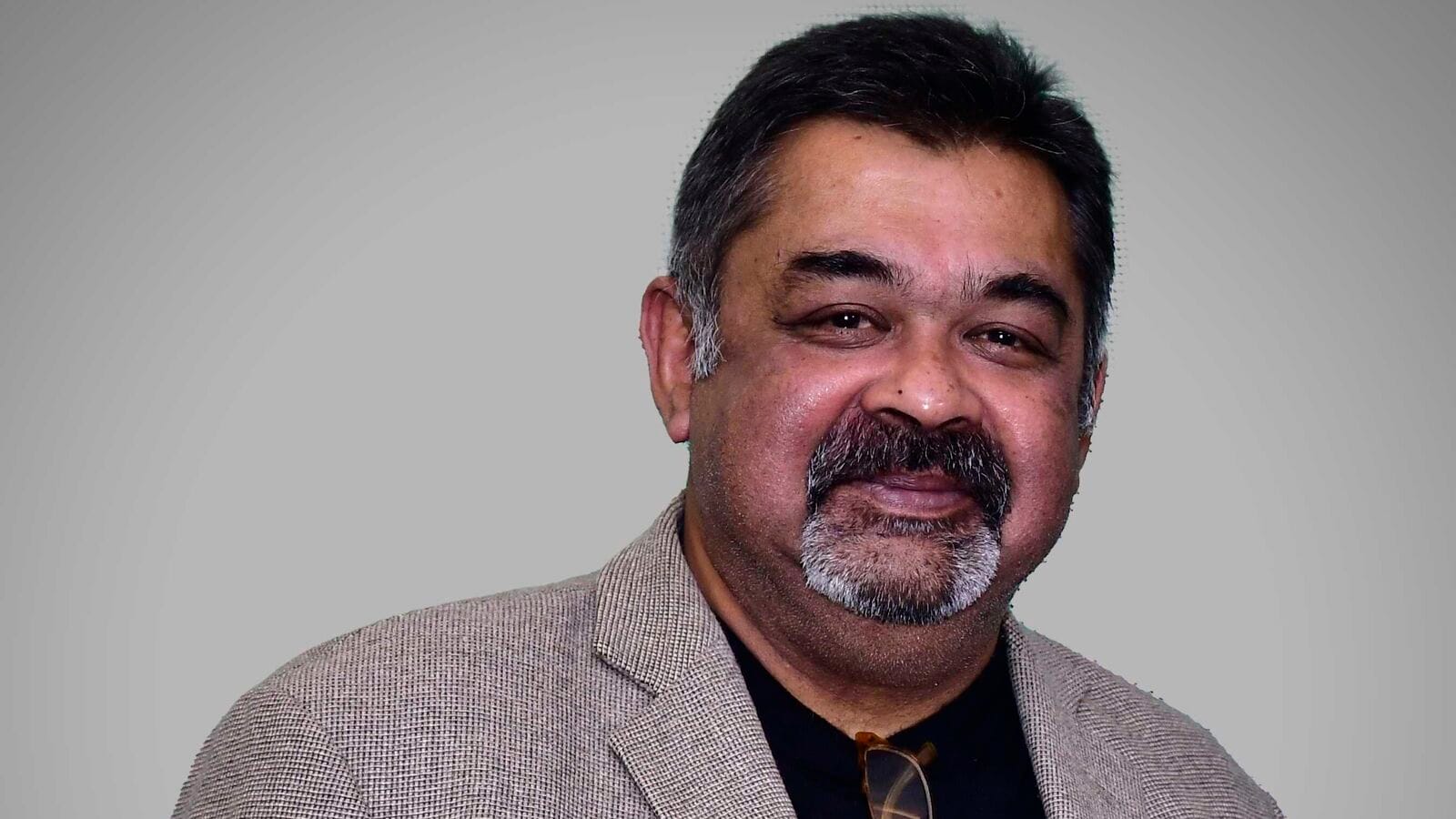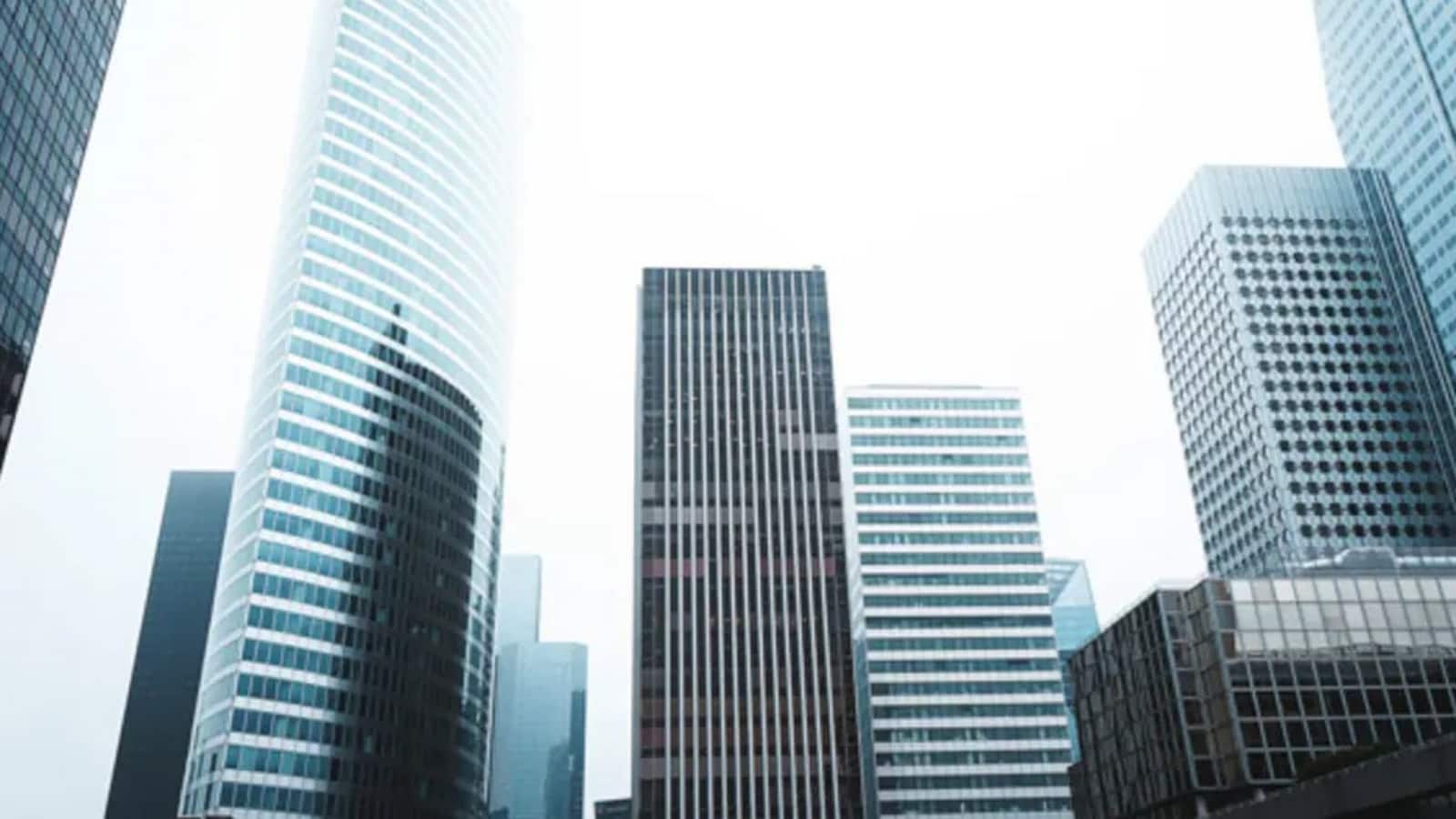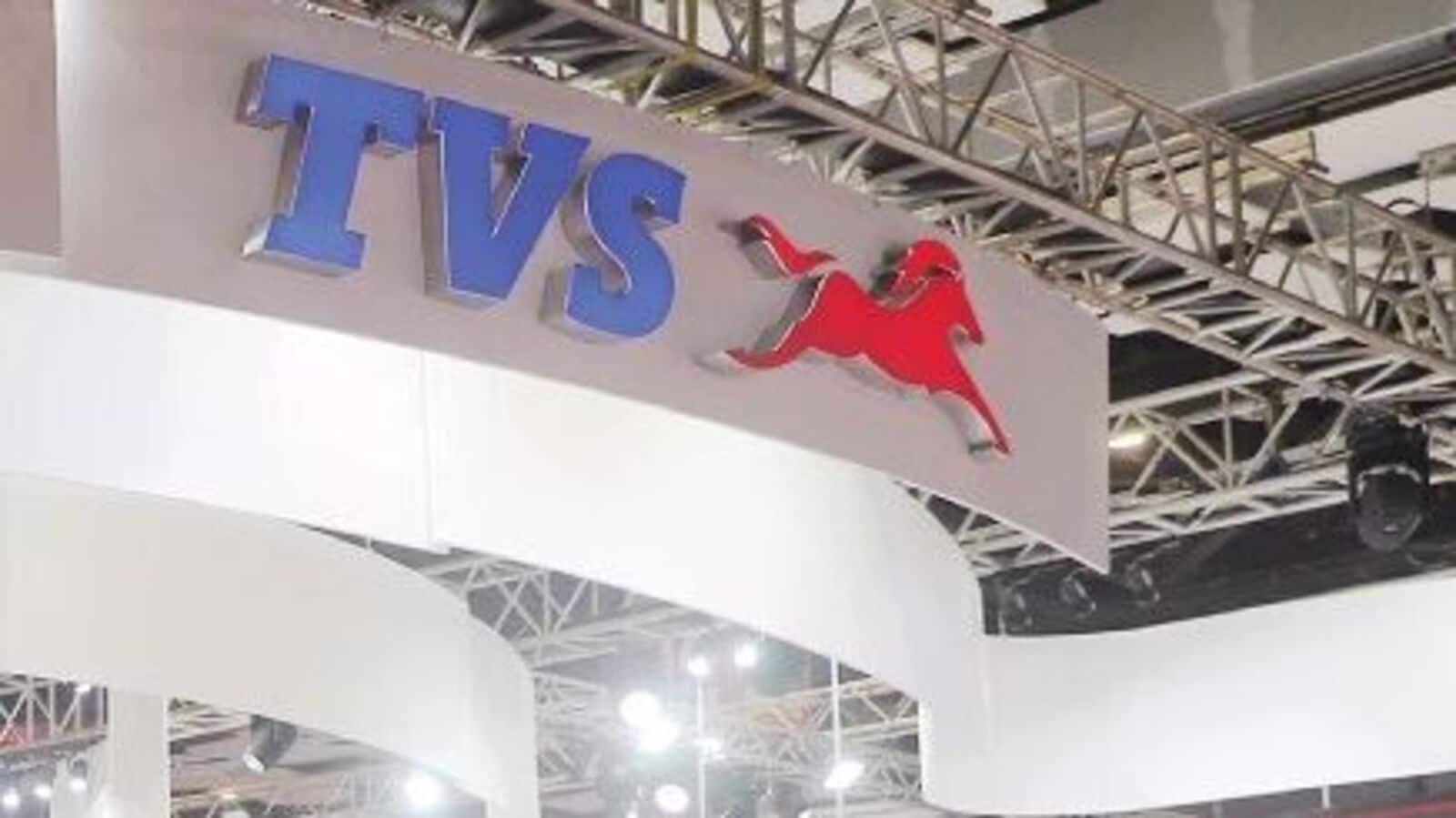US-based Netradyne, which provides artificial intelligence-powered dashcams, is expanding its driver monitoring technology to cab-hailing services, a senior official at the recently-minted unicorn said on Tuesday.
“Some of the pilot projects with fleet operators who provide their cars to ride-hailing services will roll out soon in India. We hope to close our first large deal soon,” Durgadutt Nedungadi, senior vice-president of international business at Netradyne, told Mint on the sidelines of a media round table in Bengaluru where it announced its expansion plans.
Netradyne was founded by former Qualcomm executives Avneesh Agrawal and David Julian in 2015. While the company is incorporated in San Diego in the US, all of its major research and development (R&D) work as well as testing is done at its office here in Bengaluru.
Nedungadi declined to name which ride-hailing provider the startup is currently in talks with, but said that it is a “global company.”
“We’ve been very cautious in terms of saying that we will go everywhere,” said Nedungadi, commenting on the company’s commercial expansion into Japan and Spain, which is slated to be completed by the end of 2025. He explained that given how road safety regulations, driver behaviour, signages, and conditions differ across nations, their entry into new markets has been carefully done in order to reduce the number of false alerts its system provides.
Focus on technology, AI and fleet safety
Netradyne offers a artificial intelligence-based product called Driver I that is capable of monitoring risky driver behaviour like drowsiness, texting while driving and simultaneously issuing real time alerts to make them refocus on the road.
The company recently raised $90 million in a Series-D funding round led by Point72 Ventures, which took its valuation to $1.34 billion. Other investors in the company include SoftBank, Reliance, M12 (Microsoft’s venture arm), and Qualcomm Ventures.
While the money that was raised is being used to fuel global expansion, technology and research continue to account for most of the company’s spend this year.
“We’ve three distinct areas of technology we want to continue investing in: our AI and machine learning capabilities, improving the sensors on our cameras, i.e., device tech and finally, making fleet information easily available to safety managers through the cloud,” Nedungadi said. In fact, nearly 80% or over 600 of Netradyne’s workers focus on building the company’s technology, out of the 850 that it currently employs.
B2B, driving data focus
While the company does see the consumer segment as a potential market, the focus for now remains B2B. “The needs of the consumer market both in terms of tech as well as in terms of support infrastructure are very different,” he said.
Netradyne had initially started out in the US and India. “These two nations provided very diverse kinds of driving conditions and if your tech can adapt to these two extremities, you should be able to adapt to most most global requirements,” Nedungadi said.
In the US, the company started with a focus on logistics companies in the north east in order to better understand geographic conditions and build out its data sets. In fact, the company has built its entire AI and ML technology based on data it has gathered itself.
While Netradyne started by servicing the US commercial trucking market, it has since expanded to also look at hazardous material and last-mile delivery. Other than that, the company also offers solutions for fleet providers that work in corporate and employee transportation. Last year, the company signed a deal with Taski Technologies, a B2B fleet operator.
“These are areas which have evolved as huge low-hanging fruit for us. The penetration levels in these segments are in the mid to low single digit figures in terms of addressable markets. There is a lot of white space.”
Currently, the startup’s product is operational across several countries in the world including the UK, Canada, Mexico, Germany, Australia and New Zealand. However, 85% of its revenue continues to come from the United States, where it had initially launched, while 5% comes from India.









Leave a Reply